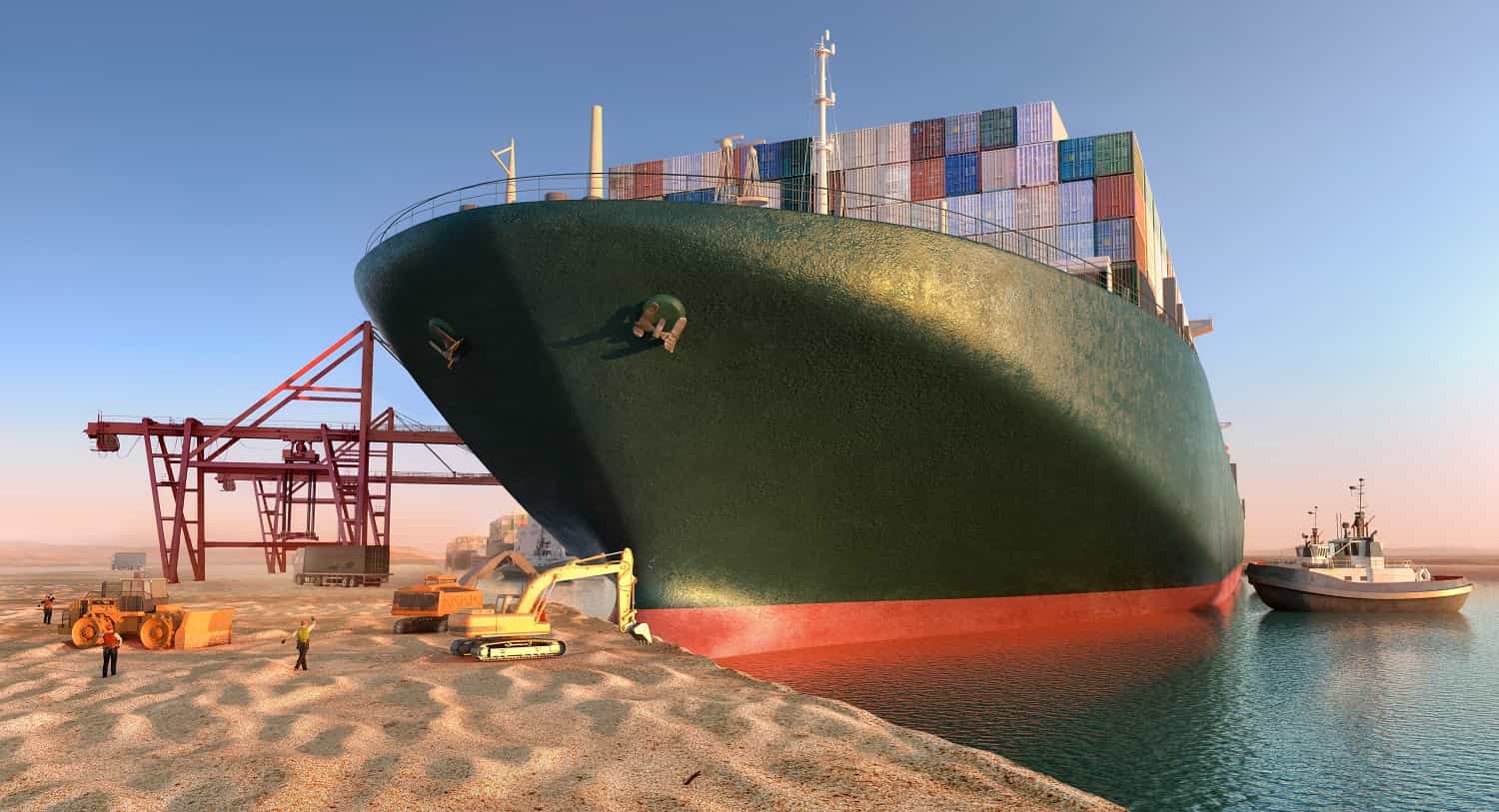
FURTHER WEST
In the United States, on the Pacific coast, the congestion of the ports of Los Angeles and Oakland leads to a massive transfer of freight to the ports on the East coast, only shifting the problem from coast to coast that was already deeply affecting the US organization.
There is such a big amount of congestion that it is becoming harder and harder to get container in & out of terminals. Some terminals are reporting dwelling of 8 to 12 days.
For a long time we have been importing more than we export, the effects of Covid and its economic consequences have led many importers to increase their supply which led to a this situation.
The logistical power being under capacity must respond to a demand that greatly exceeds the supply.
– In today’s world, transport capacity from Europe on a DDU bases delivery to California for freight that can be contained in a 40 ‘container loaded at 44,000 lbs.
In all water (via the Panama Canal) we are in average transit time of more than 70 days (after boarding) for a cost exceeding more than 12,000 usd.
By air at more than 70,000 USD (conditions noted week 10)
By sea via the East Coast (New York or Norfolk) with transload in our warehouses and redelivery by FTL within a maximum of one month at 25,000 usd
In view of the capacity of our North American market to have to absorb these increases in import volume over the next few months, tensions on the transatlantic and transpacific are likely to be exacerbated.
“There would be an expected increase of 60% in the number of ships between China and the East Coast in the coming months due to changes in routes” alert Sea-Intelligence.



